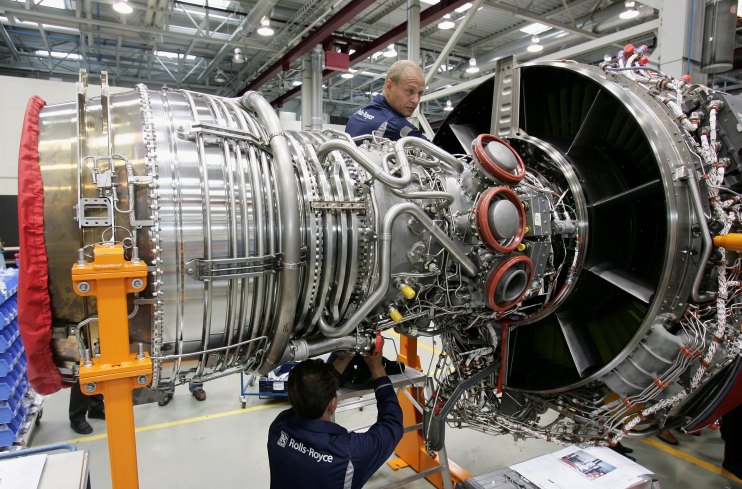Rolls-Royce: Engine issues still in focus after ‘storm of steel and iron’ falls from plane

On a sunny, 30C-degree afternoon in Fiumicino, near Rome, residents of the airport town thought they were experiencing a sudden hail storm.
But when witness Paola Di Lazzaro looked outside, she saw “a storm of steel and iron,” she told Italian newspaper Il Messaggero. Hundreds of shards of incandescent metal were falling down to earth from a passing Boeing 787 Dreamliner jet bound for Los Angeles from the nearby international airport. They smashed car windows, set clothes on fire and damaged buildings, according to reports.
In London, 891 miles away, the news has injected new pain into a long-running headache for executives at Rolls-Royce, whose Trent 1000 engine model powered the jet.
The blue-chip firm, long seen as one of the jewels in the crown of Britain’s manufacturing industry, has been tussling with reliability issues in the engines for three years. Yesterday, that culminated in ratings agency Moody’s downgrading its outlook for the company from stable to negative. But where did it all begin?
The first signs of the Trent 1000 engine problem emerged in 2016, five years after the model launched. That summer, a routine inspection of jets operated by All Nippon Airways (ANA), Japan’s largest airline, found blades in five of the £34m-a-piece engine’s turbines had started cracking prematurely.
ANA replaced the engines of all 50 jets fitted with the Trent 1000, and Rolls-Royce acted swiftly to develop a more resilient part. It spent £170m fixing the problem in 2017, which was limited to the so-called Package C version of the engine.
But problems persisted and in mid-2018 emerged on the newer, so-called Package B version too, meaning one-in-ten of all engines Rolls-Royce had installed on commercial planes were exposed to the problem.
In its full-year results for 2018, the company said it expected the Trent 1000 repair programme to cost roughly £1.5bn in total, until 2021. Chief executive Warren East said “a significant portion” of that sum would involve compensating airlines whose flight schedules had been disrupted by the issue. These included British Airways, Virgin and ANA. At one stage in late 2018, 44 planes were stuck on the tarmac, out of service.
After another six months of issues, East committed £100m extra to fixing the problem last week, saying he hoped he would be able to draw a line under it in early 2020. “But I can’t guarantee that,” he told City A.M.
“It is still possible that there will be some other issue. These engines are complex interactive systems … you really are pushing the physics to the limit and there are always going to be some uncertainties.”
That was before what happened in Italy at the weekend.
For investors, it’s not pretty. It is arguably this issue which has most hampered Rolls-Royce from returning to a historic 2013 high of 1,271p. The firm closed yesterday at 752.6p, way down from 1,033p this time last year. CMC Markets analyst Michael Hewson told City A.M. the latest events would “also raise the question as to whether this malfunction was part of the same problem, or an entirely separate issue, related to the same engine”.
Fortunately, the faulty plane made a safe landing on Saturday. Even more miraculously, nobody below was harmed, apart from one 54-year-old man who was reportedly hit by a fragment but not badly hurt. He said he felt “lucky to be alive”.
But the incident will do little to reassure Rolls-Royce shareholders’ that they too will be home-and-dry in the imminent future.
Main image credit: Norwegian